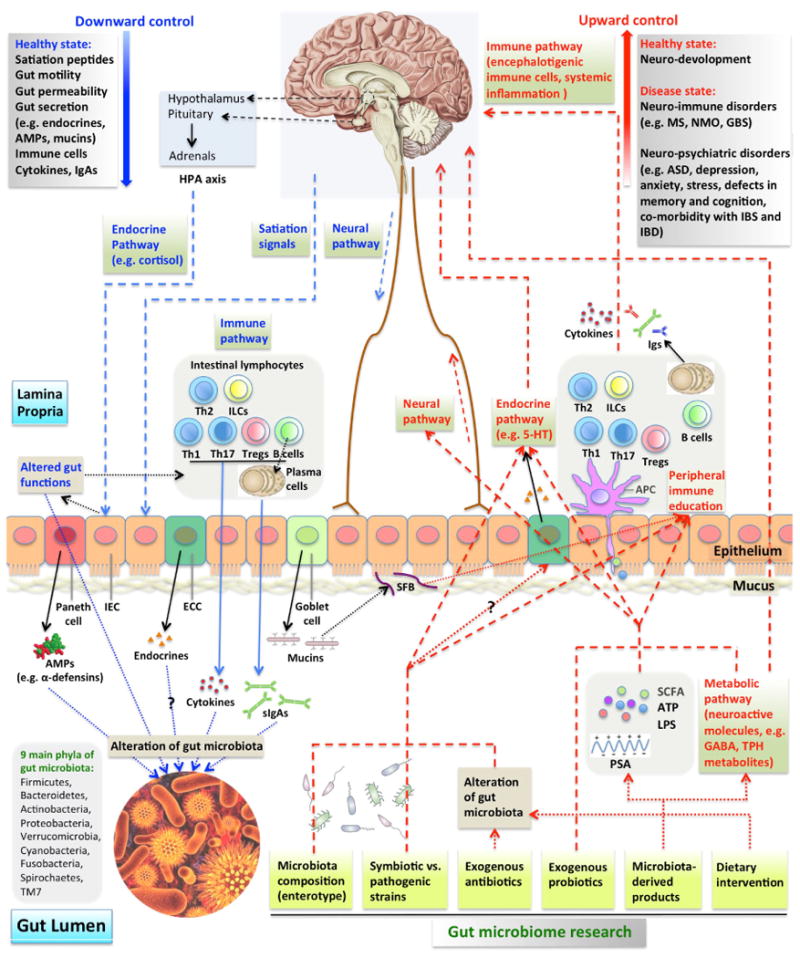Figure 1. Microbiome-gut-brain axis in relation to CNS disorders.

Multiple pathways guide the downward and upward directions of the microbiome-gut-brain axis in the contexts of health and disease. (A) Downwardly, CNS controls gut microbiome composition through satiation signaling peptides that affect nutrient availability, endocrines that affect gut functions and neural pathways. HPA axis release of cortisol regulates gut movement and integrity. Immune (cells, cytokines and sIgAs) pathways can be turned on in response to altered gut functions. Endocrine and neural pathways can also regulate the secretion from specialized gut epithelial cells, including paneth cells, enteroendocrine cells (ECC) and goblet cells. Their secretory products affect the survival and resident environment of microbiota. (B) Upwardly, gut microbiome controls CNS activities through neural (direct activation of neurons by microbiome), endocrine (e.g. ECC release of 5-HT), metabolic (microbiota synthesis of neuroactive molecules), and immune (CNS infiltrating immune cells and systemic inflammation) pathways. Microbiome influences CNS at healthy (neuro-development) and disease (a range of neuro-immune and neuro-psychiatric disorders) states. Gut luminal microbiota, their products sampled by APCs and epithelium-attaching SFBs mediate peripheral immune education. Gut microbiome composition, specific strains within microbiota, probiotic treatment, microbiota-derived products and other factors constitute the scope of microbiome studies.
